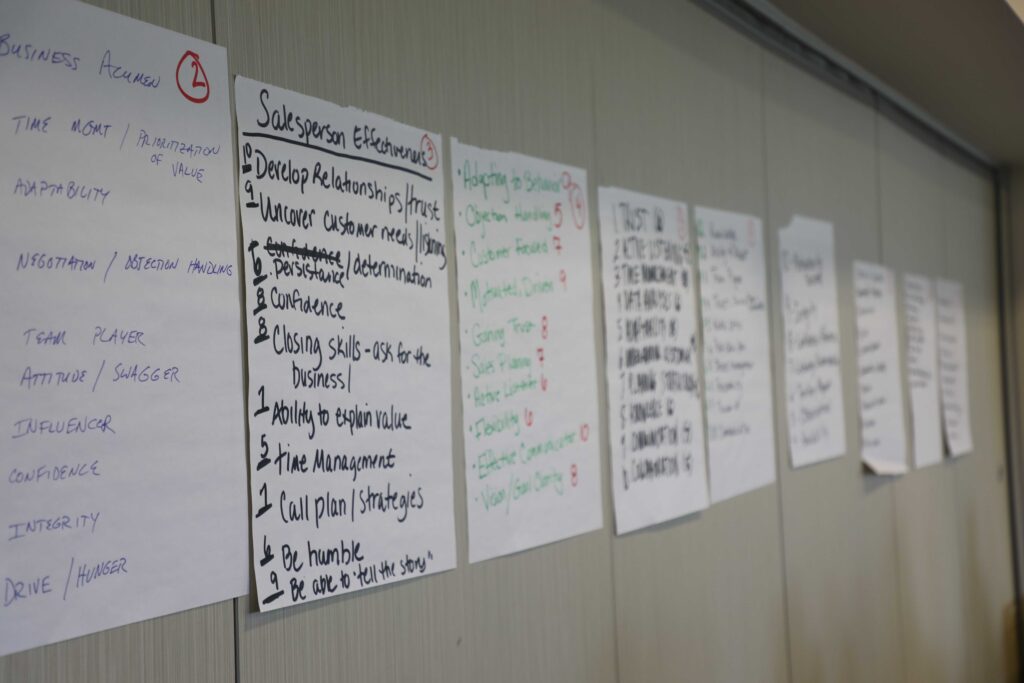As salespeople, we thrive on building relationships, expanding our network, interacting with our customers and growing our business. I don’t want to say it’s the thrill of the chase, because I hate the analogy that customers are to be preyed upon. Each and every one of our customers is more than just a number to us — they are a face, a name, and a story with a family, goals and desires. We don’t secure a new customer and call it a day. Securing a sale marks the start of a new (or renewed) relationship. We make a commitment to be invested in their journey, learn about their operation, understand their goals and offer advice where applicable. There are few things sweeter than watching one of your long-time customers succeeding.
But at the same time, there is something to be said about the moment of locking in a new customer relationship and watching your hard work and dedication pay off. It’s an exciting time of learning, problem solving and trust building. You identified an opportunity, made a connection, checked in, followed up and made it happen. It was a challenge, and the excitement of having a customer trust you enough to do business with you can be intoxicating.
If I had to guess, I would say that a majority of salespeople have sorely missed building new customer relationships and expanding business over the last year or so. The pandemic placed a heavy cloud of uncertainty over the world, and our industry was by no means spared of its fog. In my conversations with sales managers and salespeople, they’ve been able to hold the line and maintain current customer relationships, but it has been extremely difficult to grow new ones. Typical sales conversations have been uncomfortable or nonexistent due to pandemic-related uncertainties. While we expect selling to be challenging, growing our network has been almost an impossible task.
The good news is that the clouds seem to be breaking up, and some sunlight is breaking through. As we slowly seem to return to a state of semi-normalcy, how do you begin to approach these critical relationship-building conversations again? Where do you start after a year of stalemate? My recommendation is to define what a good opportunity is in order to leverage your tools and convert opportunities to business.
Deciding for yourself how a good opportunity should be defined is sometimes not as easy as it sounds. Does “good” mean the potential for a big sale? Is a “good” opportunity one in which the prospect has an opportunity to significantly grow? Are “good” opportunity prospects particularly influential in their community or industry? Does “good” just mean they will pay their bills on time? Does it mean they are innovative or progressive? Maybe it’s all of these things. For some of us, “good” is ANY opportunity that’s in front of us. But in a complex, competitive environment, defining what we mean as “good” can allow us to focus our resources and prioritize which farms or ranches we should contact first during this post-pandemic restart.
The comfort and confidence you once had in your ability to expand your business is not lost. After more than a year of likely having to do more damage control than relationship building, your skills may simply, and understandably, need a little dusting off. By working to define what a good opportunity is to you and as the world continues to collect its bearings and move forward, I have no doubts that the thrill of new business will return to an exciting challenge instead of an uncomfortable pain point. Best of luck!
Learn more from Dr. Scott Downey, alongside Dr. Dave Downey, in the Precision Selling: Building Relationships with Large Farmers professional development program on July 28-29, 2021. Participants will gain tools and information to increase their odds of success by learning to clarify decisions, discover alternatives, manage risk and much more. Register now!





